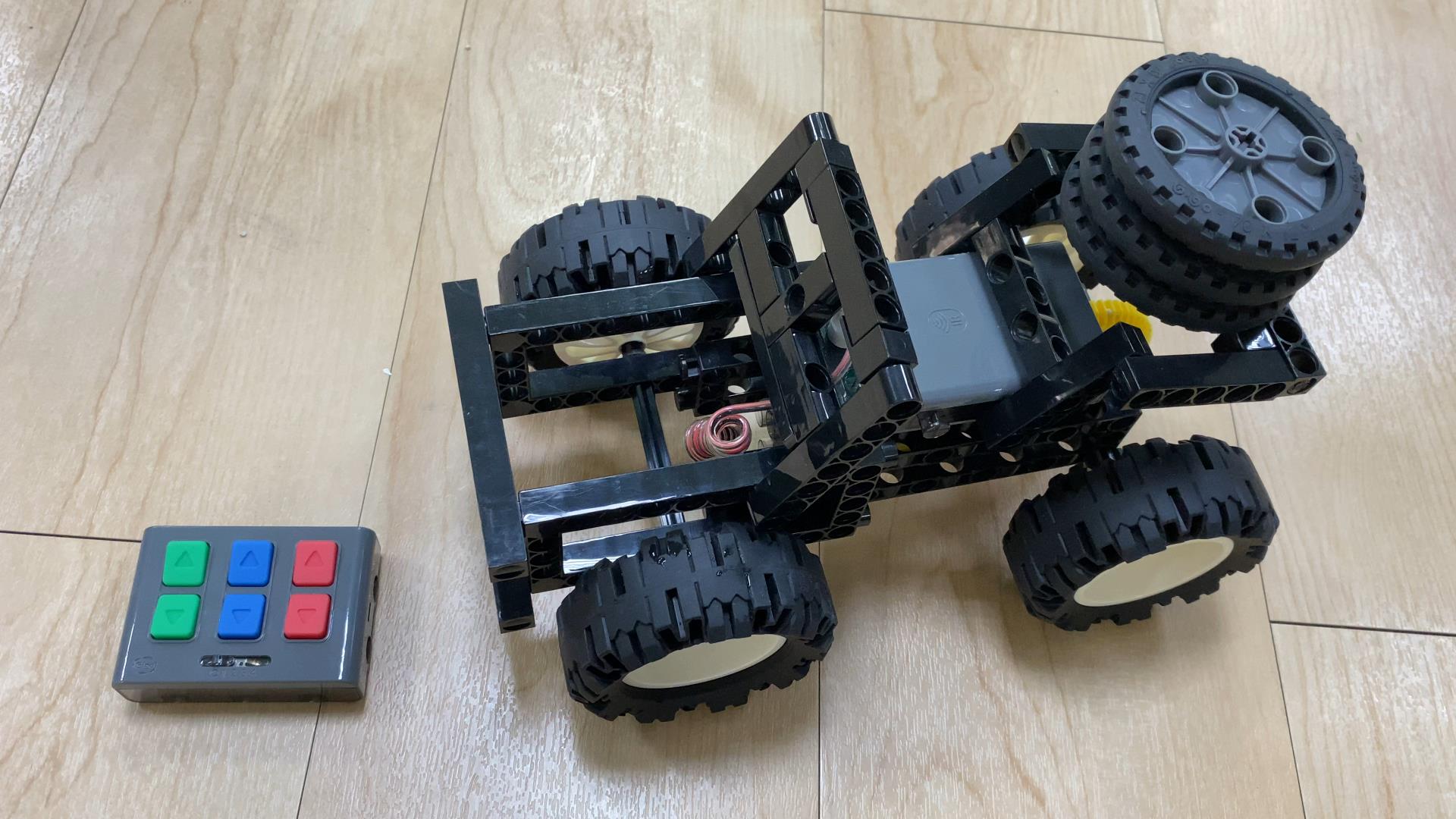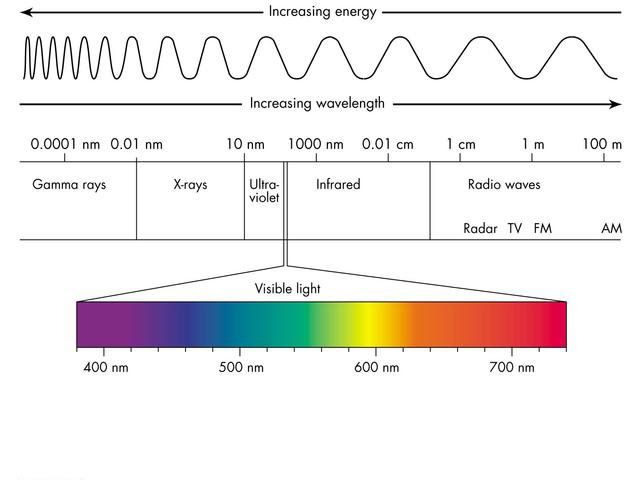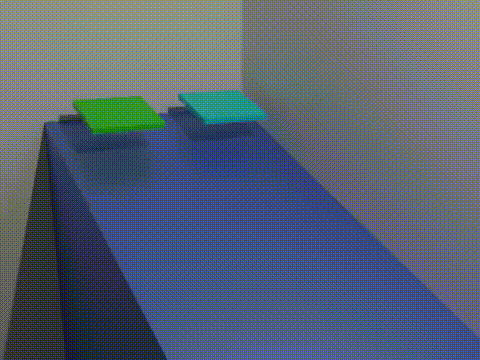Science in daily life: EP6 - Off-Road Vehicle Sand Pit Experiment

Hi everyone, I'm Teacher Raccoon! As kids, many of us dreamed of having a cool off-road vehicle. Today, we're going to use building blocks to create our very own off-road vehicle. We'll conduct various experiments to test its performance and make it even better!
An off-road vehicle is a type of vehicle that's built for performance and practicality. It has a raised chassis, high-friction tires, powerful torsion, and a sturdy body that makes it easy to navigate through rough terrain. The most famous examples of off-road vehicles are the Jeep, SUV, and other similar ones.

Join Teacher Raccoon in a Step-by-Step Tutorial on Building Your Own Buggy.
◆Assembly Steps
Step 1: First, we make the power mechanism of the jeep, so we will use one C-50X PLANETARY GEARBOX (7447-W85-C), a C-MOTOR AXLE, a 20T GEAR, a C-3 HOLE DUAL ROD and a B-SHORT PEG, shown as Figure 1. Assemble them and complete the design of the power mechanism (Figure 2).


Step 2: Now, we make the body of the jeep. We can use the C-3x13 DUAL FRAME(Figure 3), and assemble two C-3x13 DUAL FRAME on the left and right sides of the power mechanism (Figure 4).


Step 3: It is to make the front of the jeep, mainly use the C-5x10 FRAME and the B-SHORT PEG (Figure 5), assemble the B-SHORT PEG on the C-5x10 FRAME accordingly, and complete the A part and the B part (Figure 6).


Then install parts A and B on the C-3x13 DUAL FRAME of the power mechanism to complete the front of the jeep (Figure 7).

Step 4: Now we install the front wheels of the Jeep. Here we use the C-TURBO TIRE RIM (7407-W10-B1W), C-TURBO TIRE (7407-W10-A1D) and C-100mm AXLE (Figure 8). Install them onto the front of the car body (Figure 9).


Step 5: Now we put on the rear wheels of the jeep. In addition to the C-TURBO TIRE RIM, C-TURBO TIRE and C-100mm AXLE, we need to prepare one 20T GEAR and two C-AXLE FIXING(Figure 10). Install them onto the rear of the car body. And ensure that the two 20T GEAR mesh with each other (Figure 11).


Step 6: We now make the front bumper of the jeep with the C-11 HOLE ROD and the C-LONG PEG (Figure 12). Assemble the C-LONG PEG on the C-11 HOLE ROD as shown to complete the two C parts (Figure 13).


Then install the C part on the upper and lower sides of the C-5x10 FRAME to complete the front bumper of the Jeep (Figure 14).

Step 7: We now install the control system of the off-road vehicle. Here we use the C-BATTERY BOX WITH RECEIVER (4C/3M) (7408-W85-A2) and the C-5 HOLE ROD (Figure 15). Assemble the C-5 HOLE ROD on the C-BATTERY BOX WITH RECEIVER(Figure 16).


Then fix them onto the jeep (Figure 17). After completion, insert the connector of the C-50X PLANETARY GEARBOX into the C-BATTERY BOX WITH RECEIVER, so that we can use the C-BATTERY BOX WITH RECEIVER (7337- W85-A3) to remote control this off-road vehicle (Video 1).

◆Sand experiment
Now that we have our off-road vehicle model, it's time to put it to the test and see if it can conquer steep terrain like a real off-road vehicle. To do this, we've created a simulated sand pit road section for experiments (Video 2). Let's use these experiments to turn our off-road vehicle into a practical and beastly one!
Here we do is Experiment 1 about tire types. In this experiment, we will find that even C-TURBO TIRE (60x25mm) cannot produce enough grip on the sand pits, causing the tires to continuously slip on the sand pits. Therefore, we can replace them with the C-TRUCK TIRE (80x30mm) (7408-W10-C1D). The tread pattern of this tire can generate greater grip and friction, allowing the off-road vehicle to move on the sand pit (Video 3).
The next is Experiment 2 about the configurations of the center of gravity. In this experiment, we will use three counterweights to test the impact of different center of gravity configurations on the off-road vehicle. First, place a counterweight in front of the off-road vehicle; we can observe that the off-road vehicle stops in the original place because it cannot bear the weight of the counterweight. However, when the counterweight is transferred to the rear, we can observe that even if the number of counterweights is increased to three, the off-road vehicle can move forward smoothly. In this way, we can infer that when the counterweight or the center of gravity is close to the driving wheel (this off-road vehicle is driven by the rear wheels), the friction between the driving wheel and the road surface can be increased to achieve better operating results. As long as one counterweight is placed at the rear with two counterweights in the front, the off-road vehicle can move forward smoothly (Video 4).
The last is Experiment 3 about gear ratio. In this experiment, we want to test the climbing ability of the off-road vehicle. We first pile up a sand dune in the middle of the sand pit. When climbing the slope for the first time, the off-road vehicle has insufficient torque and cannot cross the dunes. Therefore, we may replace the 20T GEAR on the rear wheel with a 60T GEAR, changing the gear ratio of the off-road vehicle from the original 1:1 to 1:3, increasing the torque by three times and with the help of the rear counterweight, it can finally cross the dunes successfully (Video 5).
After adjusting the off-road vehicle to the best condition, we can use some parts to make the windshield and the truck bed. You can also try to add small accessories such as doors or rearview mirrors!
Finally, we can install a counterweight at the rear according to the conclusion of Experiment 2, so that this off-road vehicle is now both beautiful and practical (Video 6).
◆Conclusion:
In this episode, we used various experiments to enhance the performance of our off-road vehicle. Experiments are a way of testing and proving theories. The factors that influence the outcome of experiments are called 'variables.' When conducting experiments, we can only change one variable (known as the 'independent variable'), while keeping the others constant (known as the 'control variables'). For example, in Experiment 1, the independent variable was the type of tire, while the control variables were the center of gravity, gear ratio, voltage, etc. It's essential to keep the control variables the same before and after changing the tires to ensure the accuracy of the results. Establishing accurate experimental methods is a significant milestone in the progress of modern science. You can also try it out, propose hypotheses, and design experiments to verify them!
That's all for today's sharing. If you like this article, remember to share it out. See you next time. Bye!
◆Scientific principles
In our off-road vehicle model, we've utilized several scientific principles, including infrared sensing, friction, center of gravity, and electricity. Today, we'll be focusing on the often-overlooked but widely used infrared technology. Infrared rays, also known as infrared light, are a type of light wave that has a wavelength ranging from 760 nanometers (nm) to 1 millimeter (mm) (as shown in Figure 18). The wavelength of infrared rays is longer than what's visible to the naked eye (which ranges from 360 - 400 nm to 760 - 830 nanometers), so professional equipment is needed to see it. Infrared technology is often used in remote controls for various appliances, such as air conditioners, TVs, and rolling doors, allowing us to control machines wirelessly. Additionally, infrared technology is used to detect thermal radiation emitted by objects, which has led to the invention of devices like infrared thermal imaging cameras.

◆課程:
2-PS1-1 Plan and conduct an investigation to describe and classify different kinds of materials by their observable properties.
K-2-ETS1-1 Ask questions, make observations, and gather information about a situation people want to change to define a simple problem that can be solved through the development of a new or improved object or tool.
3-PS2-1 Plan and conduct an investigation to provide evidence of the effects of balanced and unbalanced forces on the motion of an object.
#Gigo #Gigo Lab #Learning Lab #Fun Lab
◆參考:




Please sign in to vote.


